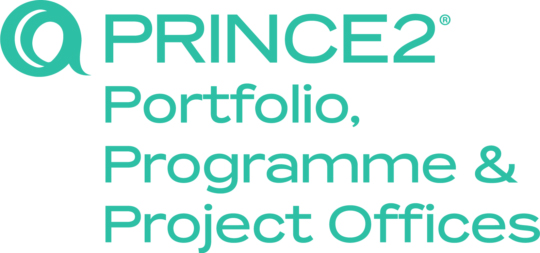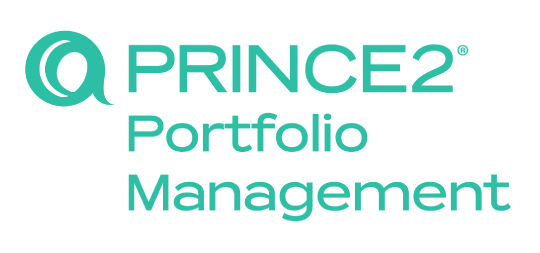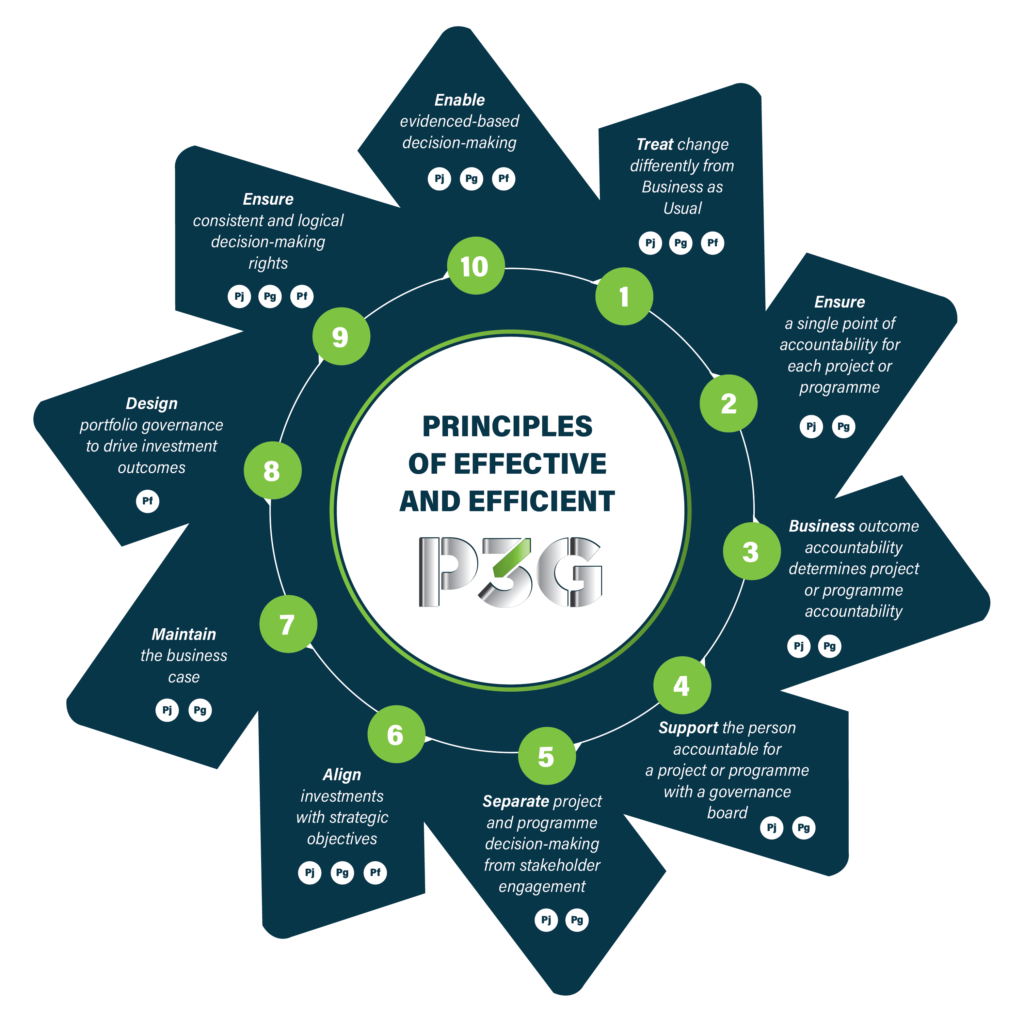If your organisation is struggling to deliver projects, the root cause often lies in poor communication and a lack of collaboration between teams. It’s something we see time and time again, and it usually boils down to how the organisation is structured. When project leaders don’t have the authority they need, and operational systems aren’t designed to support project work, everything starts to fall apart.
Where the Communication Breakdown Starts
Imagine this scenario: Lindsay asks Jen to take on a project. Jen pulls together her team, but when she tries to place an order or request a resource, she’s blocked by the system. The only person who can approve the order is her line manager—not Lindsay, the person overseeing the project. What’s worse, Lindsay only finds out about the approval process after it’s already been delayed, simply because the system isn’t designed for project work. This might sound like an admin issue, but it’s a much bigger problem—one that reflects wider governance and communication challenges.
The PMO’s Role in Sorting the Mess
The truth is, many organisations just aren’t set up to manage projects effectively. They have solid systems for business-as-usual activities but struggle when it comes to collaborating across teams for project work. This is where the PMO comes in, playing a vital role in getting everything aligned. The PMO needs to ensure that systems and processes are built to support project communication, not just day-to-day operations.
There’s also a cultural aspect to this. Take a major retailer, for example. They have great teams in procurement, logistics, and supply, all working well within their silos. But when it comes to a project, they don’t assign one project manager to oversee everything. Instead, they have three separate managers who don’t always have the right people from procurement or logistics on board, leading to confusion and delays. It’s a perfect example of what happens when there’s no clear leadership or communication across departments.
Who’s in Charge? Authority and Accountability
The key to fixing this problem lies in giving project leaders the authority they need to do their job. There needs to be a clear process that recognises who’s in charge of the project and how their authority connects with operational processes. For instance, if I ask someone from logistics to work on my project for two days, that decision should be final. The project manager should be able to get what they need during that time without having to chase approvals. But in many organisations, operational managers still have too much control over project resources, and that slows everything down.
Governance – The Backbone of Successful Projects
At the heart of all these issues is governance. Effective governance ensures that the right people are in the right roles, making the right decisions. Whether it’s a project board or a programme board, everyone should know who’s responsible for what, what decisions need to be made, and how issues should be escalated. Without strong governance, project managers are left fighting through layers of bureaucracy, and that’s when things start to unravel.
This is where the P3G (Project, Programme, and Portfolio Governance) Professional course comes in. The P3G course is specifically designed to guide organisations through setting up the right governance structures for projects and programmes. It takes you through the key principles of governance and helps you understand how to establish clear roles, responsibilities, and decision-making processes. This course is perfect for helping you avoid governance breakdowns caused by poor communication, overlapping processes, or unclear authority. By applying the lessons from P3G, you can ensure your project managers have the authority and support they need to drive success.
Time for Reform: Empowering Project Leaders
To really get projects moving, organisations need to make some serious changes to their systems and processes. Project managers need the authority to make decisions and allocate resources without endless approvals. Systems should be set up to encourage collaboration and ensure everyone knows their role. And let’s not forget about culture—projects shouldn’t be seen as something separate from the rest of the organisation. Everyone should be on the same page, working towards a common goal.
Final Thoughts
For PMO professionals, the P3G (Project, Programme, and Portfolio Governance) Professional course is an invaluable tool to enhance your ability to support projects, programmes and portfolios effectively. It provides a solid foundation in governance, helping you understand the complexities of aligning project teams, systems, and processes. By taking the P3G course, you’ll gain the understanding of the ten principles that underpin good governance and crucially how to make governance work in both the change and operational sides of the business.
Click here to see upcoming course dates!
Want to discuss the course in more detail? Get in touch here.
Enjoying Our Blog?
Sign up and receive all our articles (we’ll send you an update once a week!) plus special offers and events:






